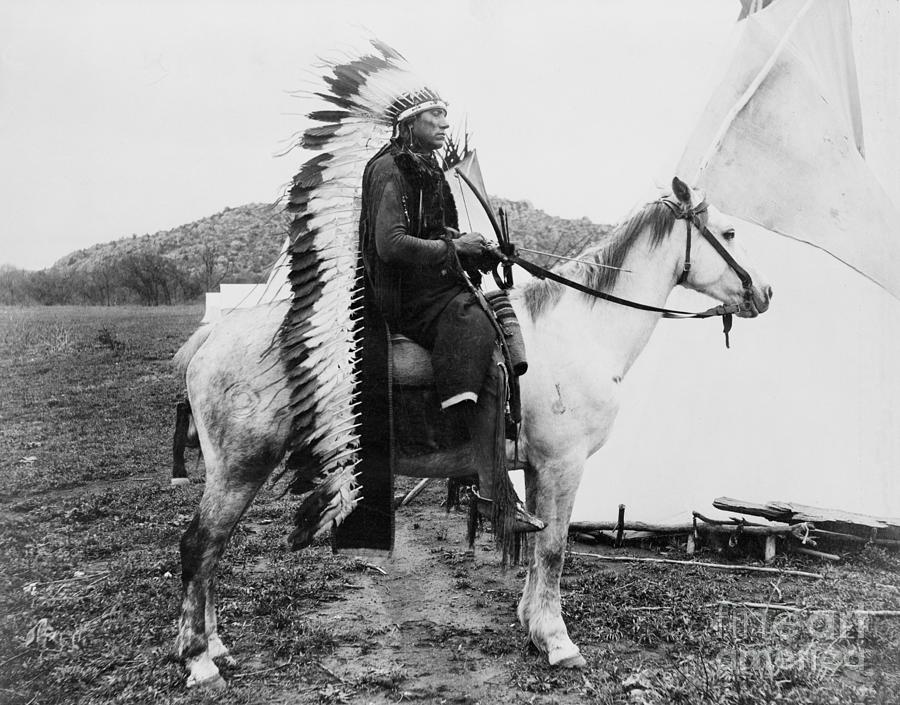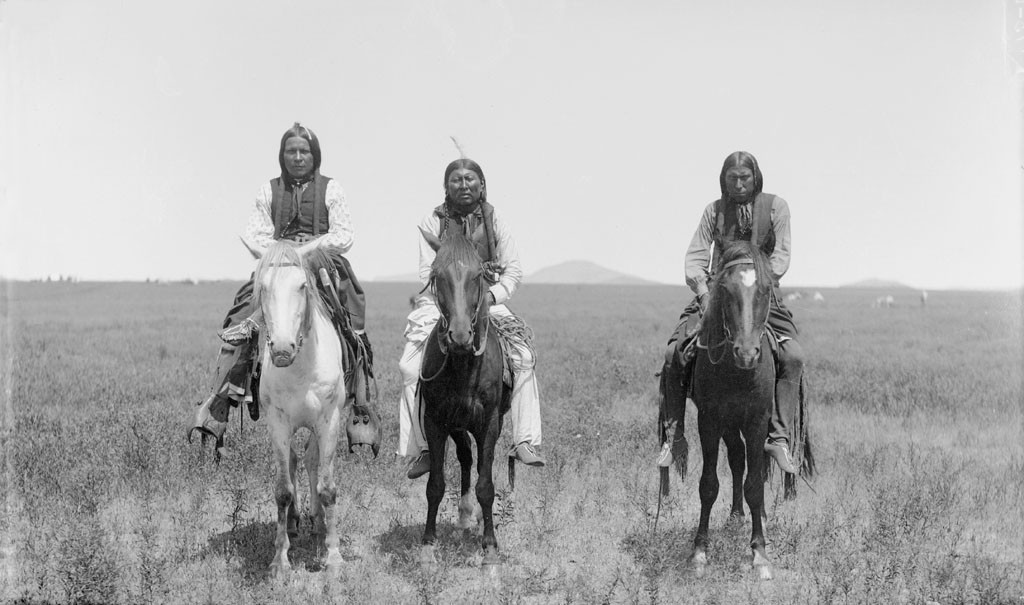

They took captives from other tribes during warfare, using them as slaves, selling them to the Spanish and (later) Mexican settlers, or adopting them into their tribe. They traded with neighboring Native American peoples, and Spanish, French, and American colonists and settlers.Īs European Americans encroached on their territory, the Comanche waged war on and raided their settlements, as well as those of neighboring Native American tribes. Spanish colonists and later Mexicans called their historical territory Comanchería.ĭuring the 18th and 19th centuries, Comanche practiced a nomadic horse culture and hunted, particularly bison. In the 18th and 19th centuries, Comanche lived in most of present-day northwestern Texas and adjacent areas in eastern New Mexico, southeastern Colorado, southwestern Kansas, western Oklahoma, and northern Chihuahua. The Comanche were once part of the Shoshone people of the Great Basin. Originally, it was a Shoshoni dialect, but diverged and became a separate language. The Comanche language is a Numic language of the Uto-Aztecan family. Comanche people today belong to the federally recognized Comanche Nation, headquartered in Lawton, Oklahoma. The Comanche / k ə ˈ m æ n tʃ i/ or Nʉmʉnʉʉ ( Comanche: Nʉmʉnʉʉ, "the people" ) are a Native American tribe from the Southern Plains of the present-day United States. Native American Church, Christianity, traditional tribal religion According to an article written by his family and published in the Amarillo Daily News at the time of Dot's death, Dot kept the necklace as a treasured possession until donating it to the Panhandle-Plains Historical Museum in 1935.United States ( Oklahoma, Texas, New Mexico) The Babb family lived among the tribe for a year before returning to Wichita Falls, Texas.ĭot Babb passed away in Amarillo in 1936. As an adopted member of the tribe, he was entitled to receive reservation land near Fort Sill. In addition to living with them as a young teenager, Dot moved his wife and children to live with the Comanche in the late 1870s. Though Dot's narrative includes many negative stereotypes of Indians, it also provides great detail about daily life with the Comanche. As a captive who was adopted into the tribe, he had a unique opportunity to observe tribal culture. While many captivity narratives are considered to be partially or totally fictitious, Dot's narrative was based on firsthand experience. His book joined a larger genre of captivity narratives that served as the primary source of information about Native American culture for generations of Americans. Dot's narrative, In the Bosom of the Comanche, was published in 1912.

The medicine bundle and Roman Catholic medal hanging from the necklace brought the wearer power from both native spirituality traditions and the Roman Catholic faith.Īs adults, Dot and Bianca wrote narratives about their time as captives. This necklace was given to Dot as a bond of friendship before he left the tribe. Both children were eventually ransomed by their father and returned to Texas in 1867.

Adopted into a Comanche family, Dot participated in all aspects of daily life including raiding, hunting, and horse taming. The siblings were separated and taken to live in what is now Oklahoma. In 1865, Theodore Adolphus "Dot" Babb was a young teenager playing outside his home in Wise County, Texas, when he and his younger sister Bianca were kidnapped by Comanche Indians.

By Kathryn Siefker, Associate Curator of Exhibition Content


 0 kommentar(er)
0 kommentar(er)
